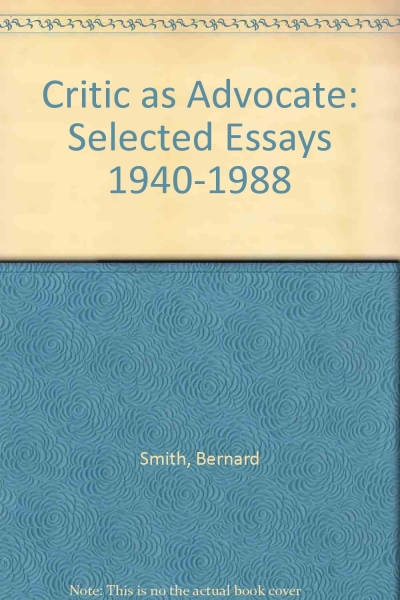Non Fiction
Wilderness: The writer’s landscape, volume I by Suzanne Falkiner
by David Tacey •
Textual Spaces: Aboriginality and cultural studies by Stephen Muecke
by David Goodman •
Suffrage to Sufferance: 100 years of women in politics by Janine Haines
by Joan Kirner •
The Annotated Such is Life by Joseph Furby & The Life and Opinions of Tom Collins by Julian Croft
by Chris Wallace-Crabbe •
Charles Perkins: A biography by Peter Read
by Stuart Macintyre •
The Critic as Advocate: Selected essays 1941–1988 by Bernard Smith
by Heather Johnson •
From Fraser to Hawke by Brian Head and Allan Patience & The Hawke–Keating Hijack by Dean Jaensch
by Judith Brett •
Kanga Creek: Havelock Ellis in Australia edited by Geoffrey Dutton
by Hazel Rowley •










